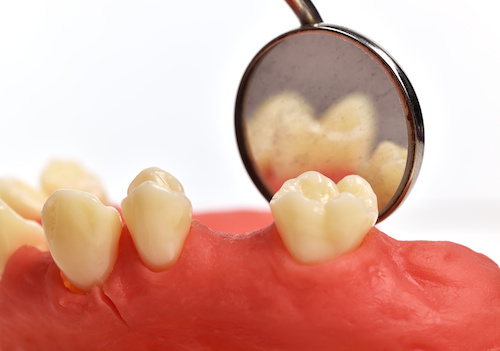Even if you take great care of your teeth, you may have to undergo a tooth extraction at some point in your life. Tooth extractions can be stressful, especially when you don’t know what to expect.
Fact #1: There Are Simple Extractions and Surgical Extractions
If the tooth is fully erupted, your general dentist can perform a simple extraction. During a simple extraction, the dentist uses an elevator and forceps to loosen and remove the tooth. Sometimes, however, the tooth may still be completely or partially hidden under the gums, requiring surgical removal. Surgical extractions require an incision in the gum to reach all or some of the tooth.
Fact #2: The Process Isn’t Painful
A lot of people associate pain with going to the dentist, but like basically all dental procedures, a tooth extraction should not be painful. The entire area is made numb with a local anesthetic so that you don’t feel anything. If you do feel some discomfort, simply tell your dentist you need more anesthetic. You may experience some pressure when the dentist pulls on the tooth. While this pressure may feel weird, it doesn’t hurt.
Fact #3: Anxiety-Reducing Options Are Available
If you’re really nervous about having your tooth extracted, talk to your dentist about anxiety-reducing options. Inhalation sedation, oral sedation and IV-conscious sedation are the three common sedation options that help make your time at the dentist’s office a little easier. All options give the process a surreal feeling that keeps you calm and relaxed during the procedure. In many cases of IV sedation, you don’t have much memory of the treatment once it’s done. As an added benefit, these sedation options further reduce pain and discomfort. You won’t even notice the pressure previously described.
Fact #4: There Is a Short Recovery Period
While a tooth extraction is a common dental procedure, there is a small recovery time. The area will probably bleed or ooze a little, swell and feel tender, but over-the-counter and prescribed pain medications can help. Your dentist will tell you how best to care for the surgical site. During this recovery time, it’s important to avoid painful dry socket, which occurs when the blood clot is lost. Dry socket can be caused by smoking, sucking through a straw or forcefully spitting.
Fact #5: Replacement Options Are Available
Luckily, after your tooth is pulled, you can have it replaced. The three options include a dental implant, dental bridge and partial denture. Dental implants are the strongest and most durable option because they sit in your jaw like natural teeth, but they are the most expensive option. Dental bridges are somewhat durable because they use existing teeth as anchors. They are cheaper, but require the dentist to alter some of your healthy teeth. Partial dentures are the cheapest option, and although they are not as invasive as the other choices, they are removable, and this allows them to move and slip.
Sometimes, tooth extractions are necessary in order to prevent further complications. Luckily, whether you need a surgical or simple extraction, the process isn’t painful. There are anxiety-reducing options to choose from, the recovery period is short, and there are replacement options available. For more information, please contact Landmark Dental Group today!









 Web Design by Sleepless Media
Web Design by Sleepless Media